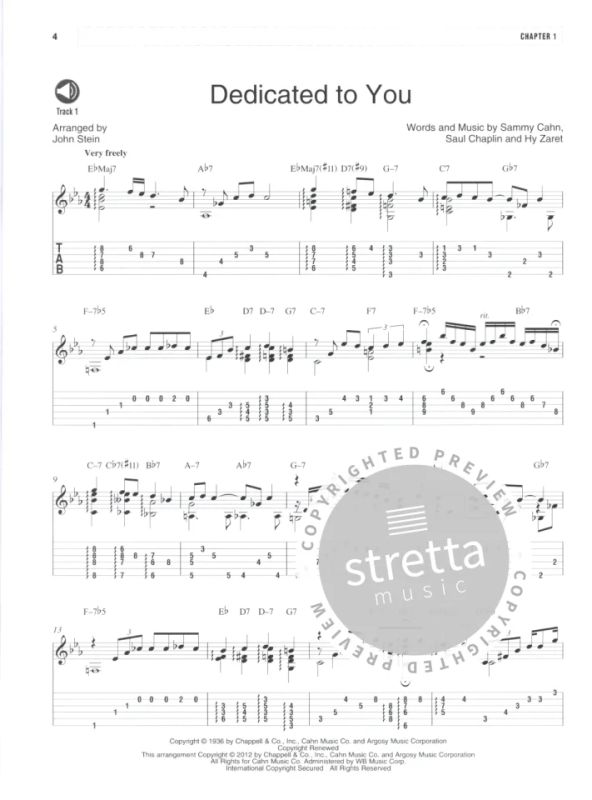

Playing chords effectively takes time, and the learning process requires practice. If you re not hearing all the notes clearly, keep working to curve your fingers and adjust your hand position on the intended frets to make the sound shine through your instrument. When changing chords, mute the strings by lifting your fingers from the strings, but still touching them, to hold them still as you slide to the next chord.

You re working to put those notes on the frets make sure that the listener can hear them! While forming the chords, make sure that your fingers are as close to the intended frets as possible.
A common tendency is to hit the outermost notes with the most force, resulting in a thinner texture. ivĦ When you re using your fingers to pluck chords, take care to balance the level of each chord tone. When strumming across the strings, make the speed of your stroke fast enough to give the illusion of one simultaneous sound made up of all the chord voices. Focus your strumming (or finger-picking attacks) on the indicated strings. Use the edges of your fingers of your fretting hand to mute unwanted strings. Some tips for getting a good chord sound: Take special care to play the notes requested and to leave out, or mute the strings with the x symbol above them.
Berklee jazz guitar chord dictionary pdf full#
Strive to play these chords with a solid time feel, a full tone, and attacks with your picking hand that match the level of intensity of the music you re attempting to play. With time, you will hear the chords before you play them. This material will help you to map out the sounds on your fretboard. These chord blocks will show you the right shapes, but as a musician, you owe it to your audience and yourself to hear the music before you play it. The following diagrams indicate what notes you should use for each chord voicing. Diatonic Exercises 0 B% Major on 0 E% Major on F Major on B% Major on F Harmonic Minor on F Melodic Minor on G Major Bebop Scale on G Minor Bebop Scale on About the Authorĥ Introduction The Berklee Jazz Guitar Chord Dictionary is a resource for th-chord voicings and other frequently encountered jazz chord shapes on the fretboard. Quartal Voicings Exercises C Dorian Voicings.

Inversions (each on ) Major Dominant 0 Minor Minor % Major Minor Part II. Triads over Bass-Note Voicings with Roots on V/I %VII/I Other Common Voicings: (III/I, II/I, #IV/I, VI/I, VII/I). Guide Tone Chords Root (Major, Dominant, Minor, Minor %, Major, Minor, Diminished ) Root (Major, Dominant, Minor, Minor %, Major, Minor, Diminished ). Dominant th Chords with Alterations: two versions each, with roots on and Dominant % Dominant (#) Dominant (, #) Dominant # Dominant (%, %) Dominant (altered): %(%), %(#), #(%), #(#). Moveable th Chord Shapes (each on ) Major Dominant Minor Minor % Major Minor Diminished Dominant Minor Minor Dominant. Green Senior Designer: Robert Heath Editorial Assistants: Rajasri Mallikarjuna, Jonathan Whalen ISBN-: ISBN-: Boylston Street Boston, MA 0- USA () - Visit Berklee Press Online at Visit Hal Leonard Online at Copyright 00 Berklee Press All Rights Reserved No part of this publication may be reproduced in any form or by any means without the prior written permission of the Publisher.Ĥ Contents Introduction iv Part I. 3 Berklee Press Vice President: Dave Kusek Dean of Continuing Education: Debbie Cavalier Managing Editor: Jonathan Feist Director of Business Affairs: Robert F.


 0 kommentar(er)
0 kommentar(er)
